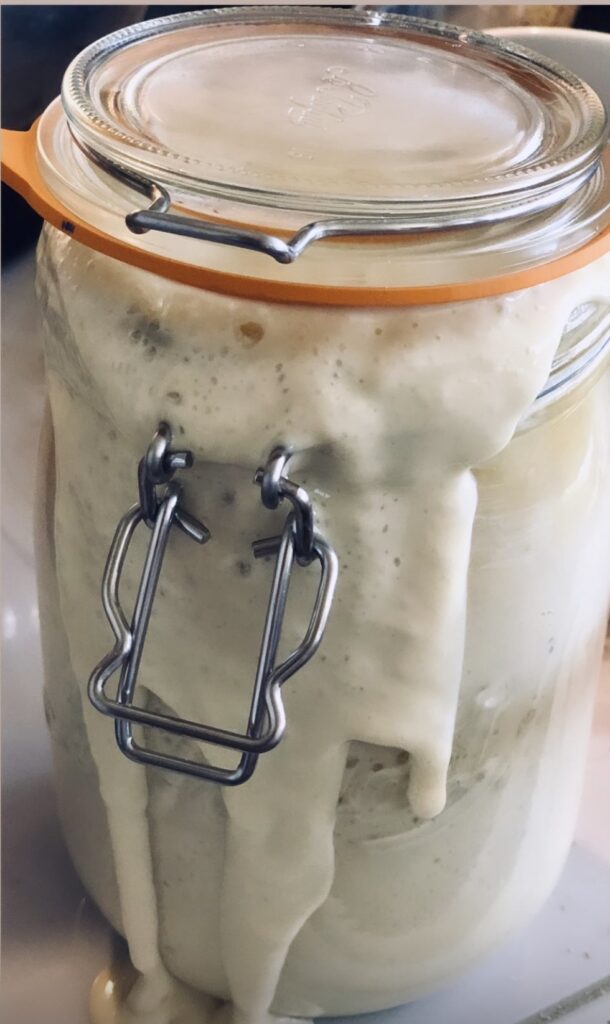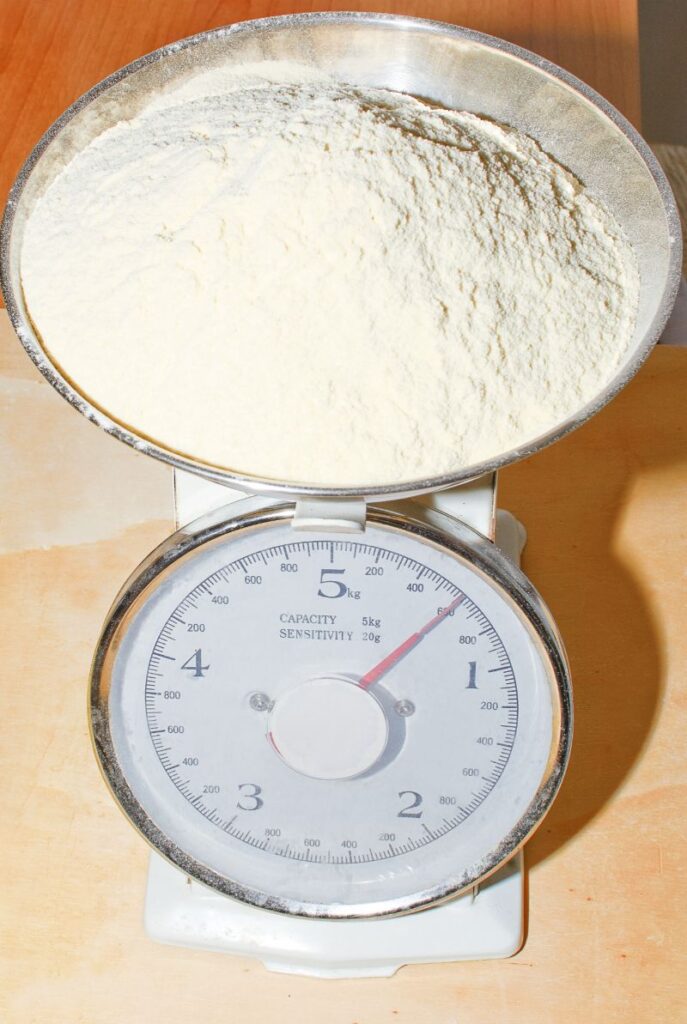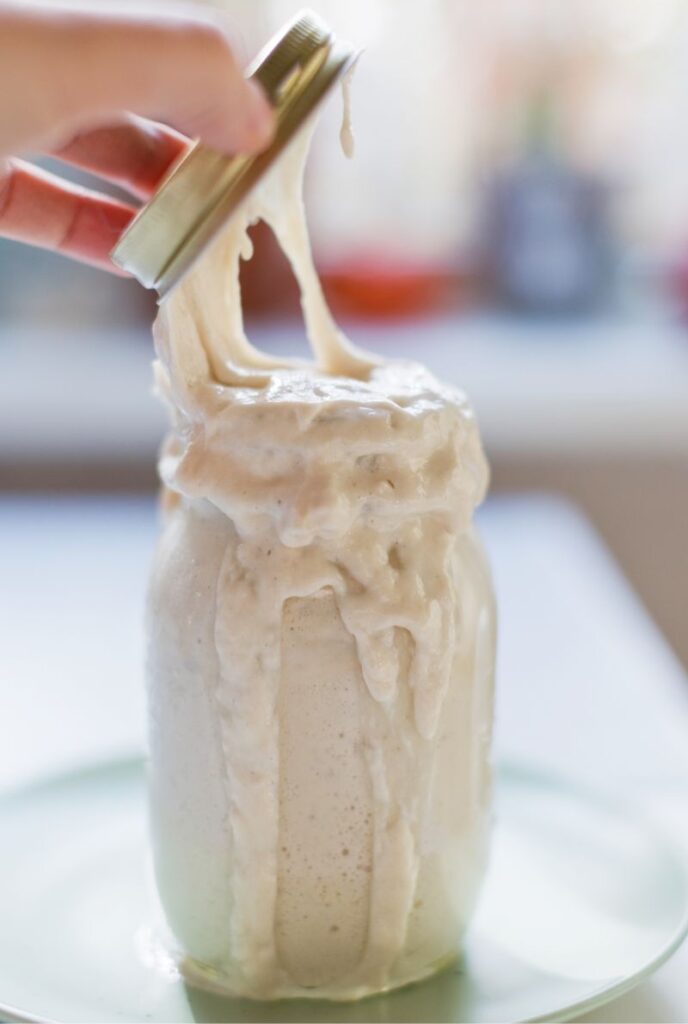Sourdough baking has captured the hearts of many home bakers, and at the core of this practice is the sourdough starter. I have written several posts about Sourdough:
Maintaining Your Sourdough Starter
Understand Sourdough Discard: How to Save and Use it
Making Sourdough Starter: With Help From Little Hands
This living mixture of flour and water, teeming with wild yeast and lactic acid bacteria, is the secret to creating delicious and tangy sourdough bread. In this blog post, we’ll deeper explore how to use your sourdough starter effectively, ensuring that your baking endeavors are both rewarding and successful.
What is a Sourdough Starter?
A sourdough starter is a fermented mixture of flour and water that captures wild yeast and beneficial bacteria from the environment. This natural fermentation process is what gives sourdough bread its distinctive flavor and texture. Once established, a sourdough starter can be maintained indefinitely with regular feedings.

Getting Started: Activating Your Sourdough Starter
If you’ve just received a sourdough starter or made your own, here’s how to activate it:
Feed Your Starter:
– Measure out equal parts of flour and water by weight (e.g., 100 grams of each) and mix them into your starter.
– Stir well to incorporate air and cover loosely with a lid or cloth.
Let It Rise:
– Allow the starter to sit at room temperature for 4-12 hours, depending on the ambient temperature.
– You should see bubbles forming, indicating active fermentation.

Repeat Feedings
– Feed your starter every 12 hours until it doubles in size within 4-6 hours of feeding.
– Once it reliably doubles, your starter is ready for baking.
How to Use Your Sourdough Starter in Baking
Preparing the Starter for Baking
Before using your sourdough starter in a recipe, it’s essential to ensure it’s at its peak activity. Here’s how:
Feed it
Give your starter a feed about 4-6 hours before you plan to use it, and let it sit at room temperature until it doubles in size and is bubbly.
float test
Drop a small spoonful of the starter into a glass of water. If it floats, it’s ready to use.
Using the Starter in a Recipe:
Here’s a basic sourdough bread recipe to get you started:
ingredients
– 1 cup (240g) active sourdough starter
– 3 cups (360g) flour (bread flour or a mix of whole grain and white flour)
– 1 to 1 1/4 cups (240-300g) water
– 2 teaspoons (12g) salt

instructions
Mixing:
In a large bowl, combine the active sourdough starter, flour, and water. Mix until a rough dough forms. Cover and let it rest for 30 minutes (autolyse).
Kneading
Add the salt and knead the dough until smooth and elastic, about 10 minutes. Alternatively, use the stretch and fold method every 30 minutes for 2 hours.
Bulk Fermentation
Place the dough in a bowl, cover, and let it rise at room temperature for 4-6 hours, or until doubled in size.
Shaping
Gently shape the dough into a round or oval loaf. Place it in a proofing basket or a bowl lined with a floured cloth.
Proofing
Let the dough proof for 2-4 hours at room temperature or overnight in the refrigerator.
Baking
Preheat your oven to 450°F (230°C) with a Dutch oven inside. Carefully transfer the dough to the Dutch oven, score the top, cover, and bake for 20 minutes. Remove the lid and bake for another 20-25 minutes until golden brown.
Maintaining Your Starter
To keep your sourdough starter healthy and active:
regular feedings
Feed it daily if kept at room temperature, or weekly if stored in the refrigerator.
adjust feedings
Increase the amount of flour and water if your starter is very active or if you’re preparing for a big baking session.
Creative Ways to Use Sourdough Starter
Beyond making traditional sourdough bread, there are many delicious ways to use your starter:
Sourdough Pancakes:
Use discard starter to make light and fluffy pancakes. Mix with flour, milk, eggs, and a bit of baking soda.
Sourdough Waffles:
Similar to pancakes, but with the added crunch of a waffle.
Sourdough Pizza Dough:
Replace commercial yeast with sourdough starter for a tangy and chewy pizza crust.
Sourdough Crackers:
Mix discard starter with flour, olive oil, and herbs, then roll thin and bake until crispy.
Sourdough Biscuits:
Incorporate starter into your biscuit dough for a tender and flavorful twist.
Health Benefits of Sourdough
improved digestibility:
The fermentation process breaks down gluten, making sourdough easier to digest.
Nutrient Absorption:
Fermentation increases the bioavailability of nutrients such as B vitamins, folate, and minerals like iron and magnesium.
lower glycemic index
Sourdough bread has a lower glycemic index, helping to regulate blood sugar levels.
gut health
The lactic acid bacteria in sourdough act as probiotics, promoting a healthy gut.

Epilogue
Using a sourdough starter opens up a world of delicious and nutritious baking possibilities. By understanding how to activate, use, and maintain your starter, you can enjoy the rich flavors and health benefits of sourdough in a variety of recipes. Whether you’re baking bread, pancakes, or pizza dough, incorporating sourdough into your kitchen routine is a satisfying and rewarding experience.
Happy baking!
**This post may contain affiliate links, which means I make a small commission at no extra cost to you**